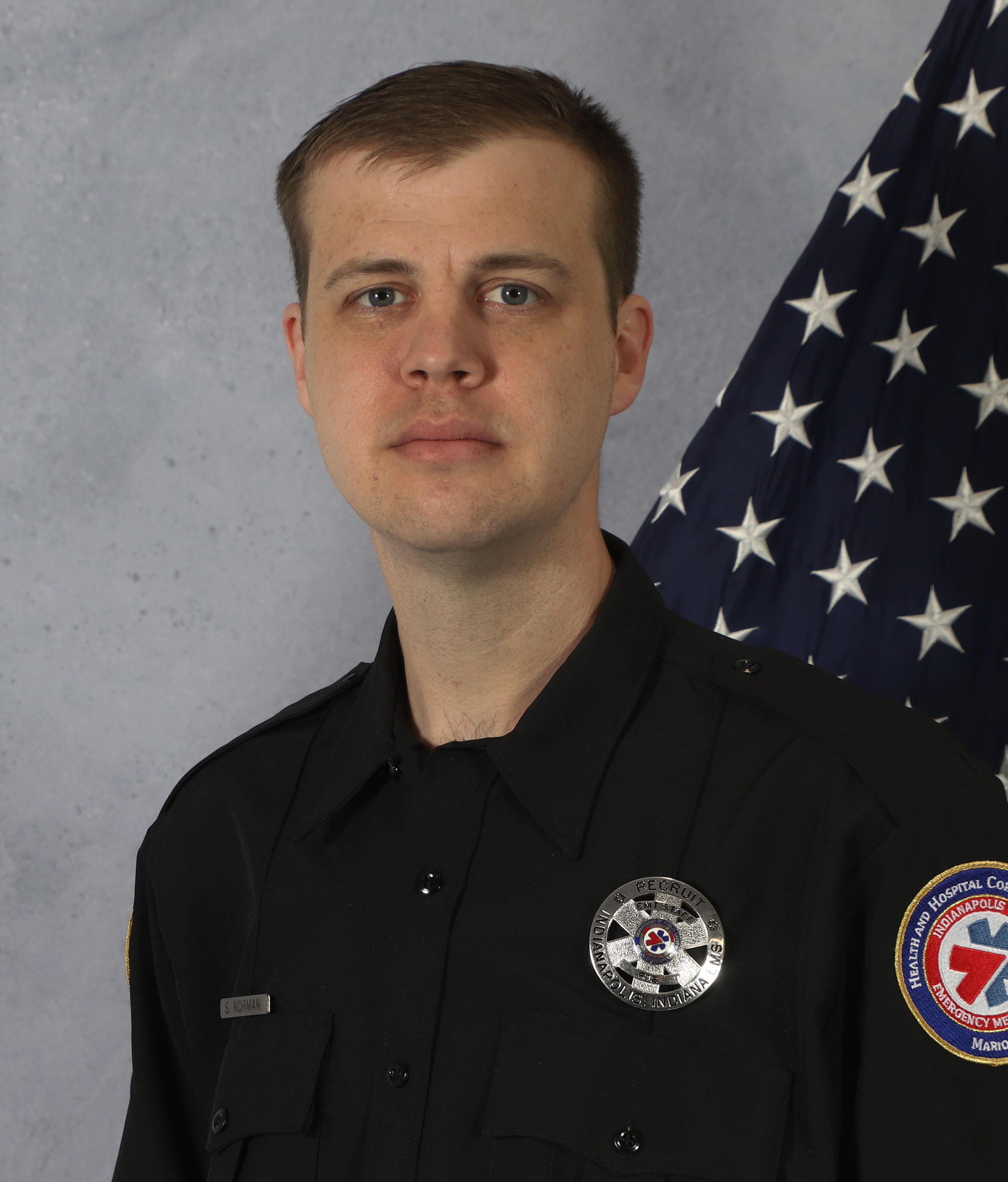All NCLEX Resources
Example Questions
Example Question #61 : Circulatory And Respiratory Systems
What is the average amount of blood in the adult body?
The average adult body contains 4.5-6 liters of blood, depending on size and gender. Blood volume (BV) can be calculated by the following formula, given the hematocrit (HC) and plasma volume (PV):
Example Question #351 : General Biology
The most common free plasma proteins include all of the following except __________.
albumin
fibrinogen
major histocompatibility complex (MHC)
globulin
major histocompatibility complex (MHC)
The three main types of proteins in the blood are albumin, globulin, and fibrinogen. Major histocompatibility complex is not a free plasma protein, but rather a class of proteins found on the surface of all nucleated cells (MHC class I) and on the surface of certain immune cells known as antigen-presenting cells (MHC class II). They play an important part in immune function by displaying foreign antigens for communication between leukocytes.
Example Question #31 : Circulatory System
Lymphocytes (natural killer cells, T helper cells, and B cells) make up what percentage of white blood cells?
5-15%
1-3%
55-70%
26-33%
26-33%
Lymphocytes are the second most common class of white blood cells, making up 26-33% of white blood cells.
Example Question #62 : Circulatory And Respiratory Systems
Which of the following blood cells is anucleate (lacking a nucleus)?
Megakaryocytes
Natural killer cells
Erythrocytes
Dendritic cells
Erythrocytes
The only anucleate blood cells are erythrocytes, or red blood cells. These cells are created with nuclei, but each daughter cell will then lose its nucleus in order to create more suface area for hemoglobin to bind oxygen and for easier passage through narrow capillaries.
Certified Tutor
Certified Tutor
All NCLEX Resources









